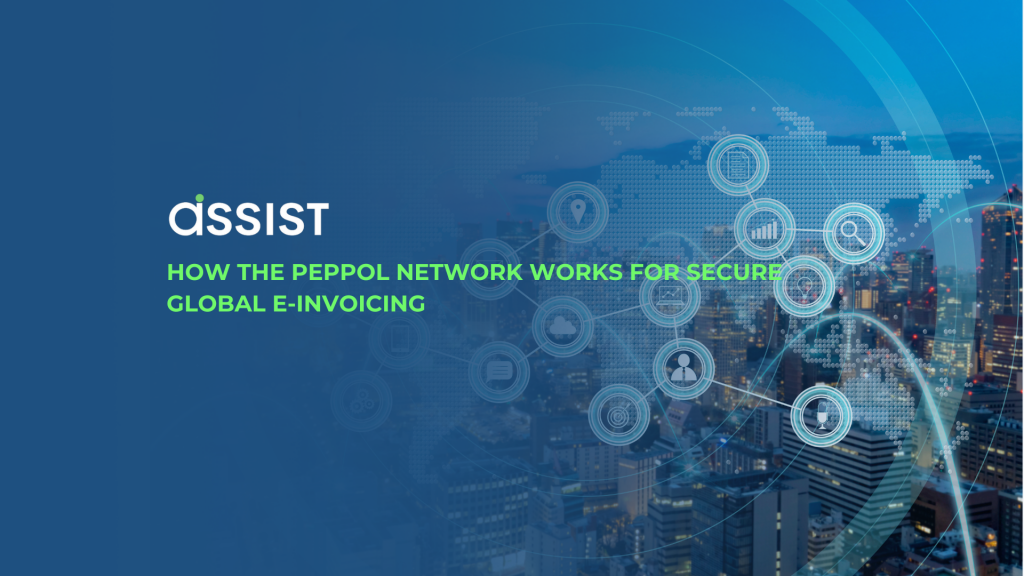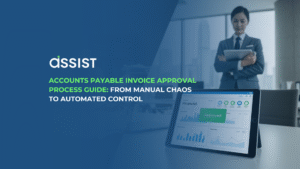Digital transformation is rapidly changing the way businesses operate in Malaysia. With the Inland Revenue Board (LHDN) and Malaysia Digital Economy Corporation (MDEC) rolling out mandatory e-invoicing between 2024 and 2026, companies—large and small—must prepare to comply.
At the heart of this transformation is the PEPPOL network. But what is PEPPOL? And how does it actually work in practice, especially within Malaysia’s regulatory landscape?
This guide simplifies the concept, breaking down how PEPPOL functions and how Malaysian businesses can confidently adopt it.
Table of Contents
ToggleWhat Is PEPPOL?
PEPPOL stands for Pan-European Public Procurement Online, but don’t let the name fool you—it’s not limited to Europe. Originally created to facilitate standardized electronic procurement and invoicing across European borders, PEPPOL has since grown into a global e-invoicing framework, adopted by countries like Singapore, Australia, and now Malaysia.
Managed by OpenPEPPOL, the framework ensures that businesses can exchange electronic documents—like invoices—safely and in a standardized format, regardless of their software systems or geographic location.
In Malaysia, PEPPOL has been chosen as the backbone of the national e-invoicing system, enabling seamless, cross-system, and cross-border invoicing.
How the PEPPOL Network Works: The Four-Corner Model
The PEPPOL network operates on a unique structure known as the Four-Corner Model. This framework ensures a secure and interoperable exchange of e-invoices by using certified intermediaries called Access Point Providers.
Here’s how it works:
- Sender (Company A)
The business issuing the invoice—for example, a supplier. - Sender’s Access Point (AP1)
The Access Point Provider encodes the invoice into PEPPOL format and transmits it securely. - Receiver’s Access Point (AP2)
The recipient’s Access Point receives the invoice and delivers it in a readable format. - Receiver (Company B)
The customer receives the invoice, integrated into their accounting or ERP system.
“Think of it as a universal post office for e-invoices: everyone uses certified “mailboxes” (Access Points) that can talk to one another, ensuring reliability and compliance across borders and systems.”
This setup guarantees:
- Standardization – A single, global format.
- Interoperability – Any Access Point can communicate with another.
- Security – Every document is traceable and encrypted.
Malaysia’s PEPPOL Adoption: What You Need to Know
Malaysia’s adoption of PEPPOL is driven by its goal to modernize the country’s tax administration and digitize business transactions.
Key Players:
- MDEC – Acts as the National PEPPOL Authority, responsible for accrediting local Access Point Providers.
- LHDN – Integrates PEPPOL into the e-invoicing framework as part of the nation’s tax compliance roadmap.
Rollout Timeline:
- June 2024 – Implementation begins for large taxpayers.
- 2025–2026 – Phased adoption for medium and small businesses.
By building on PEPPOL’s established infrastructure, Malaysia ensures a faster, more reliable, and globally compatible transition to digital invoicing.
Why PEPPOL Benefits Malaysian SMEs
PEPPOL isn’t just a compliance tool—it’s a catalyst for efficiency and growth, especially for SMEs.
Key Advantages:
- Regulatory Compliance – Stay aligned with LHDN’s requirements.
- Cost Savings – Reduce paper, postage, and manual labor.
- Fewer Errors – Automation means fewer mistakes and faster processing.
- Faster Payments – Streamlined processes improve cash flow.
- International Compatibility – Trade easily with global partners already on PEPPOL.
For SMEs looking to grow or improve operational efficiency, adopting PEPPOL is a forward-thinking move.
Step-by-Step: How to Join the PEPPOL Network
Adopting PEPPOL doesn’t have to be daunting. Here’s how to get started:
1. Choose an Accredited PEPPOL Access Point Provider
These certified partners ensure your documents are properly formatted and securely transmitted.
2. Register Your PEPPOL ID
This acts like a unique address for your business within the PEPPOL network.
3. Integrate with Your ERP or Accounting Software
Most providers offer plug-ins or APIs for systems like Xero, Oracle, SAP, and others.
4. Conduct a Test Run
Before going live, simulate a few transactions to ensure everything flows smoothly between you, your provider, and your customers or vendors.
Common Misunderstandings About PEPPOL
Despite its growing adoption, there’s still confusion about what PEPPOL is—and isn’t:
- “It’s only for Europe”
False. PEPPOL is now a global standard used in Asia, Oceania, and beyond. - “It’s just another file format”
Incorrect. PEPPOL is a full communication framework backed by governance and infrastructure. - “It’s only for big companies”
Not at all. Malaysian SMEs are central to the e-invoicing rollout and fully supported through local Access Points.
By addressing these myths, businesses can confidently embrace PEPPOL without hesitation.
Final Thoughts: Prepare Your Business for the PEPPOL Era
Understanding how the PEPPOL network works is crucial for staying compliant, improving operational efficiency, and future-proofing your business. As Malaysia transitions to nationwide e-invoicing, aligning your processes with PEPPOL standards will no longer be optional—it will be essential.
Looking to connect your business to Malaysia’s PEPPOL-compliant e-invoicing system? Assist.biz is an accredited Access Point Provider ready to support your transition with expert local guidance, ERP integration, and ongoing compliance support.





